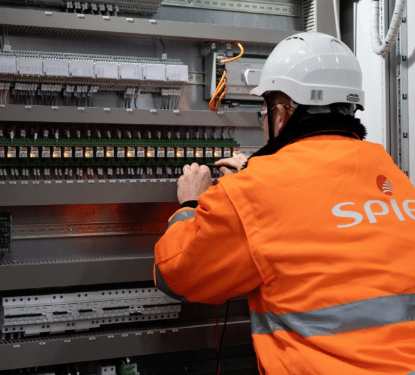Memoori’s recent report The Physical Security Business 2018 – 2023 sizes the world market for Video Surveillance products in 2018 at $17.57 billion and that it will grow to reach $32.64 billion in 2023.
This growth rate is higher than what we estimated in 2017, so where is extra growth coming from? Trading conditions improved in 2018 and more innovative and better products took advantage of this. Quality brands increased their share of the business.
Additional growth over and above this could come from the demand for AI Video Analytics which will gradually be taken up over the next 5 years, having the potential to add a further $3Bn to the video surveillance market in 2023.
Two Chinese manufactures Dahua and Hikvision take at least 40% of the world video camera market and despite the possibility of losing share in the USA through high tariffs and being banned from US government-funded contracts they will retain a dominant world position because of their stronghold on the world’s biggest market; China. This puts them in a very different league measured by scale. However some leading western manufacturers have shown this year that a quality brand can combat “the race to the bottom” and increase market share and profitability.
However Western manufacturers have lost the "race for scale". It seems there is little appetite for acquiring and merging with other major suppliers so that they can get sufficient scale to bring down unit costs and challenge the Chinese suppliers in the SMB market. But so far working harder on their strengths of reliable quality products and solutions and developing their cyber security expertise, (which appears to be a weakness in Chinese products) has released some pressure.
Further significant improvements in video surveillance equipment will be needed just to achieve a CAGR of 10% over the next 5 years. This will be much more difficult for western manufacturers to achieve if they have to cut their margins to meet the market price for mainstream products. Against this background there are some important applications where price is not King and innovative products sold at reasonable margins can deliver a better TCO. Axis Communications has shown in the last 18 months that they can improve on the average growth and remain profitable. The next 5 years is going to be difficult for many small western manufacturers to survive particularly those that are not focused on developing brand recognition in the faster growing verticals.
AI Video Analytics will be the number one game changer over the next 10 years in the video surveillance business, influencing the growth of most products that make up this business. Strategic Alliances with new software developers offers further opportunities to get involved in this opportunity.
Deep Learning Surveillance - The Next Wave of Video Analytics
In the last 12 months we have seen many more startups heralding a new wave of video analytics. The traditional video surveillance companies naturally see Deep Learning and Artificial Intelligence as a feature to run off their existing products offering a way to both differentiate themselves and add further value to their products.
It is early days to predict the most likely winners but we think that the specialist software companies could take the enterprise business and video camera manufacturers the mainstream business. However there are a lot of customers that will wait until they are convinced that the products are robust and reliable as the performance of many previous systems was oversold.
Cameras with embedded video analytics, such as motion, face and object detection, analyze image data at the point of capture and can effectively eliminate the need to transmit data to a central server. This enables very efficient use of both transmission and recording bandwidth. Using analytics, some cameras can also be set to record video at a lower resolution and/or frame rate, and then automatically increase resolution and frame rate to capture higher-quality video when triggered by an event. However, today artificial intelligent software at the high end is more likely to run in the cloud.

Major Demand Drivers for Video Surveillance Systems & Connecting to IoT
The demand drivers for Video Surveillance Systems have changed little over the last 5 years. The need to monitor safety, security and terrorism, both within buildings and public places is still paramount. However end users have over this time taken much more interest in making video work with the business enterprise to increase productivity and add value to systems.
With IP Network Cameras they have been able reduce the TCO and justify the cost of additional features. The focus for end users at the enterprise level is now firmly on TCO metrics along with scalability and this can only be achieved through IP.
However the major benefit of IP is that Video Surveillance can be directly connected to other systems. In the next 5 years as the Building Internet of Things (BIoT) becomes a reality IP cameras will be integrated within broader IoT networks. However the migration from Analogue to IP cameras has slowed down in SMB markets as Chinese manufacturers have brought out much improved analogue products at very low prices. They have spotted the fact that today connectivity does not always figure high in the TCO metrics equation in the SMB sector. Low price and easy installation in retrofit projects does.
So the next five years will be an exciting and demanding time in the Video Surveillance business with AI Video Analytics and IoT gradually having a major impact on it. Video Surveillance manufacturers know what the customers want, how to apply AI Video Analytics and work the supply chain. They are critical in getting it to market.



